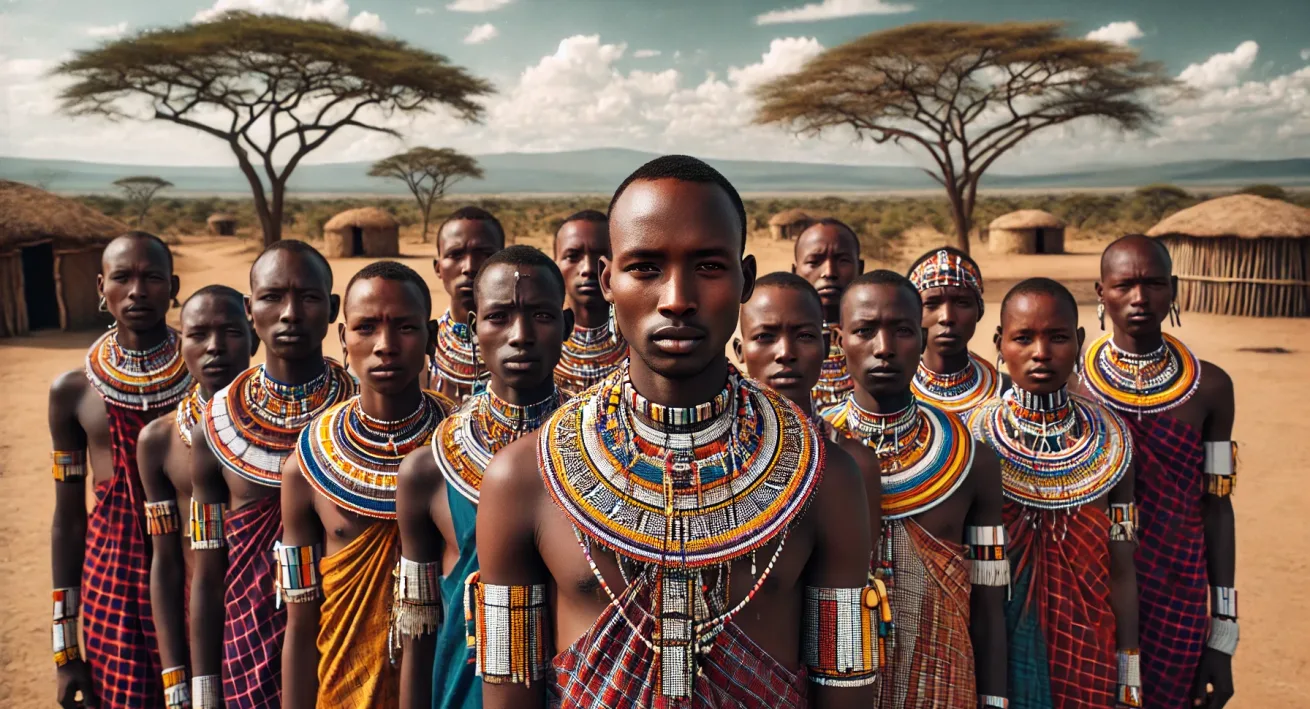Bhutan, often called the “Land of the Thunder Dragon,” is a nation deeply rooted in tradition, culture, and spirituality. At the heart of its cultural identity is the Gho, the national dress for Bhutanese men. More than just a garment, the Gho represents the essence of Bhutanese heritage, social values, and pride. In this article, we will explore the historical background, craftsmanship, significance, and modern adaptations of the Gho. This rich attire is not only a symbol of Bhutan’s unique culture but also a reflection of the harmonious way of life of its people.





